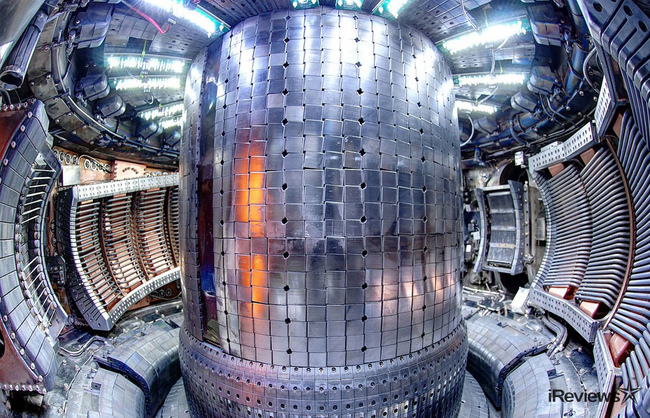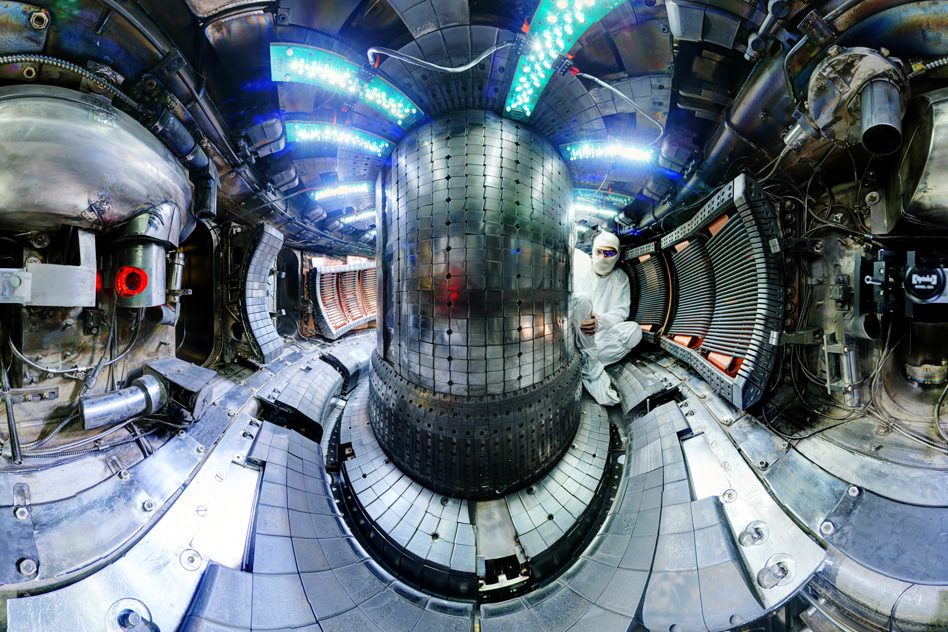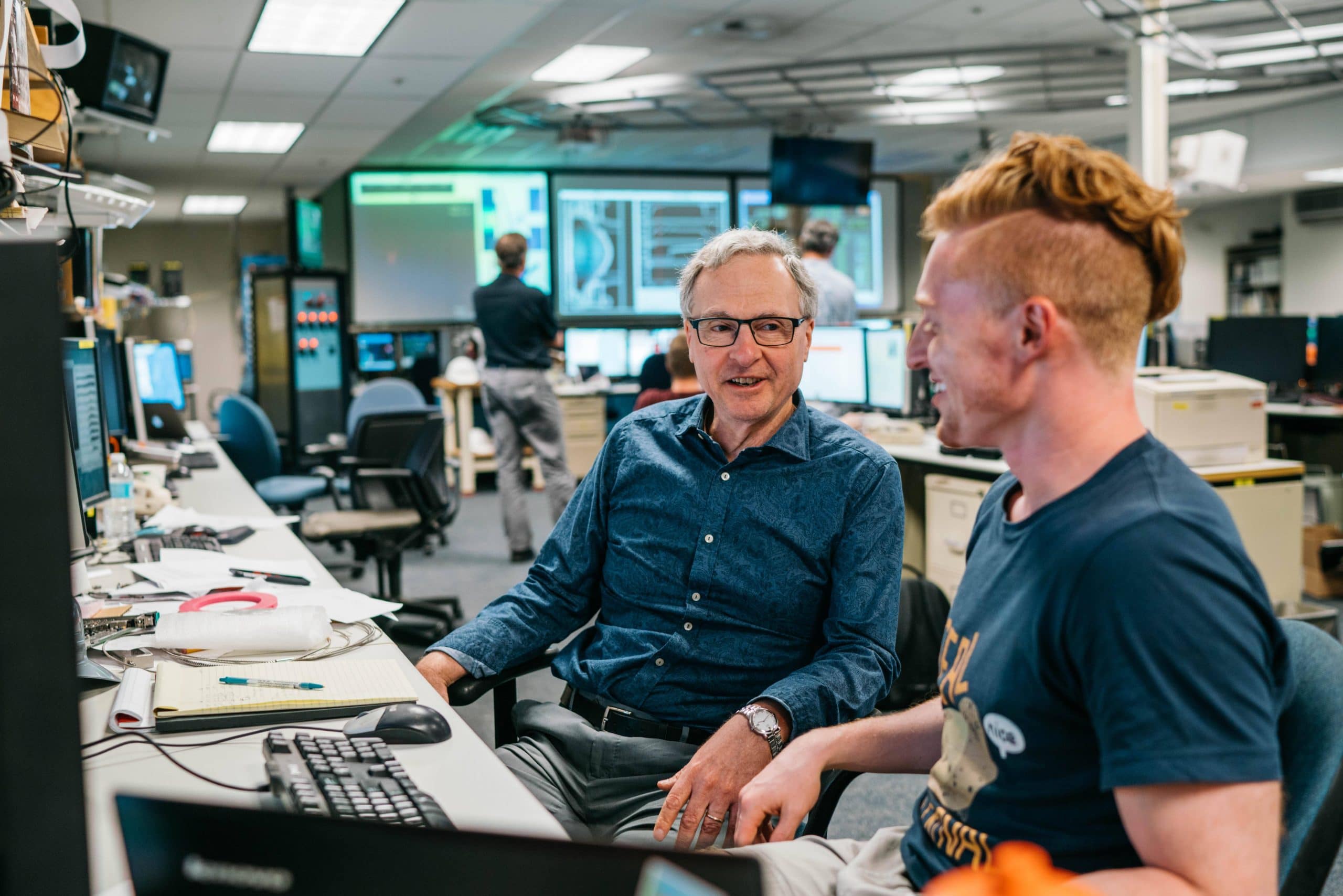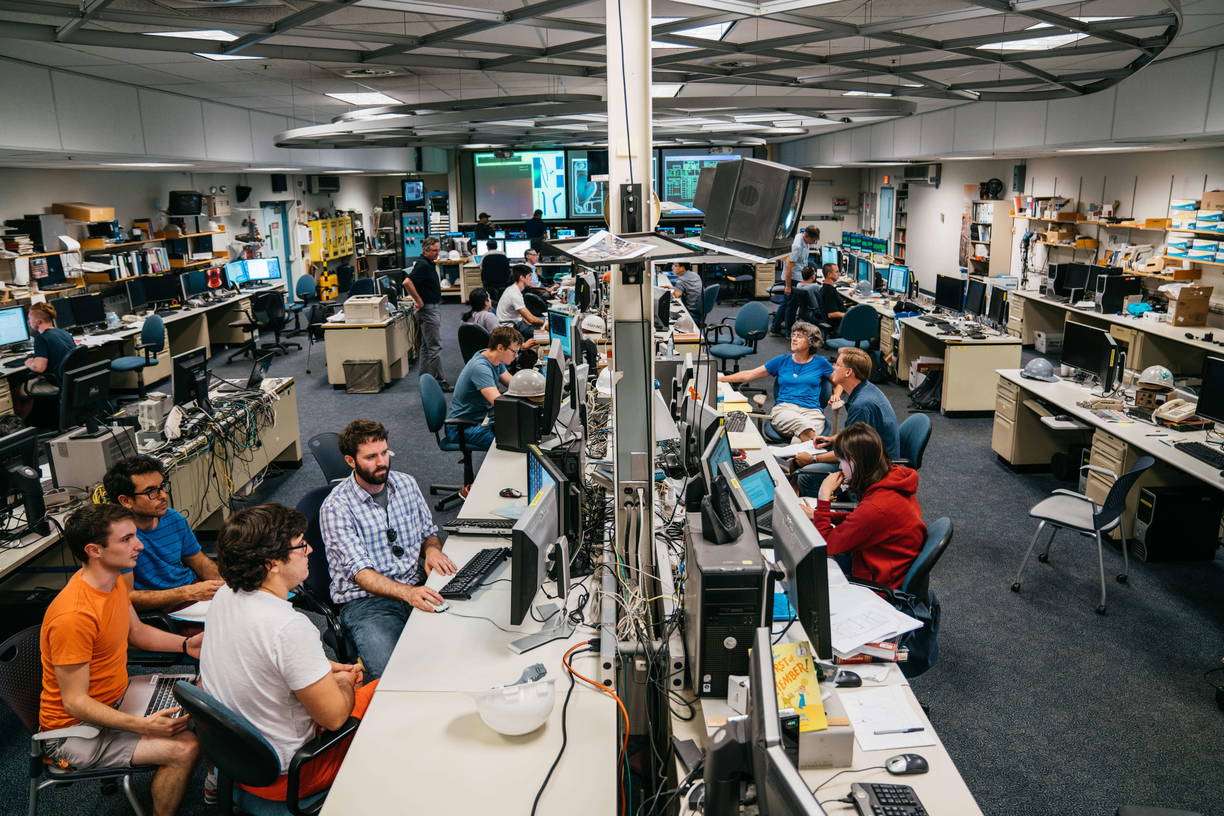MIT Breaks Nuclear Fusion Record and Improves It by Ten Fold

Solar energy has been the attention-grabber in the crowded field of alternative energy for the last few years. But researchers at MIT and several other institutions discovered a new way to make plasma fuel hot enough to generate nuclear fusion power.
What is Nuclear Fusion?
Nuclear fusion is the process used by the Sun and other stars to produce energy. Two or more atomic nuclei come together (fuse) to become one or more atomic nuclei and subatomic particles. It is a possible source of limitless clean energy.
Nuclear fusion involves intense heat, magnetic fields and pressure, and the nuclei of lighter elements. The elements’ nuclei fuse to create heavier elements and release energy in the process. By containing the process in the reactor, engineers fuse hydrogen atoms together, producing helium. The plasma is first subjected to pressure after being super-heated. After that, the atoms squeeze together to fuse and react.

MIT Collaborates With European Reactor
MIT researchers spent September 2016 running a final test in the Alcator C-Mod tokamak, an innovative type of reactor. Using radio frequency (RF) heating in magnetic confinement fusion, researchers ran several experiments in the reactor.
Successful results from the C-Mod reactor excited scientists at the UK Joint European Torus (JET). JET, Europe’s largest fusion device, operates like C-Mod at magnetic field strength and plasma pressure. Both are comparable to what would be in a future fusion-capable device, and both tokamaks have complementary diagnostic features; JET can directly measure megaelectronvolt (MeV)-range particles. On the other hand, C-Mod measures the waves involved in the wave-particle interaction within the reactor.
MIT research scientist John Wright says the work was very exciting. “The JET folks had really good energetic particle diagnostics, so they could directly measure these high energy ions and verify that they were indeed there. The fact that we had a basic theory realized on two different devices on two continents came together to produce a strong paper.”
A Team of Energy Research Scientists
After attending a lecture in 2015 on this theory by Yevgen Kazakov, Wright began researching this scenario. Kazakov, a researcher at the Laboratory for Plasma Physics in Brussels, Belgium and also the lead author on the paper, published in Nature Physics. Wright, a researcher at MIT’s Plasma Science and Fusion Center (PSFC), suggested testing the idea using C-Mod, with Kazakov and colleague Jef Ongena collaborating from Brussels.
PSFC research scientist Stephen Wukitch developed the scenario and helped run the experiment, while Professor Mwiklos Porkolab added his expertise in RF heating. Research scientist Yijun Lin measured the complex wave structure in the plasma with the lab’s unique phase contrast imaging (PCI) diagnostic tool. Porkolab and his students spent the last 20 years developing this tool. And Ted Golfinopoulos, also a research scientist, tracked the effect of MeV-range ions on different plasma fluctuations.

The Reactions Within the Reactor
Usually, nuclear reactors use plasma made up of two different ions. However, this new plasma uses three ions: hydrogen, deuterium (an isotope of hydrogen, called “Heavy Hydrogen”), and helium-3. The reactor uses helium-3 in trace amounts (less than 1%). It reaches much higher energies because of its smaller fraction.
Researchers focus the energy on the smallest species in the reactor, which heats up to much higher energies because of its lower fraction of the total density. Using three ions, the trace amount of helium-3 absorbs all of the RF energy. The ion energy gets an extra boost, enough to send it in the range of activated fusion products.
The super-heated gas, in the form of plasma, undergoes high pressure, which squeezes the atoms together into fusion. The result is increasing trace amounts of ions to MeV energies. And that is a magnitude larger than previous records.
“These higher energy ranges are in the same range as activated fusion products,” says Wright. “To be able to create such energetic ions in a non-activated device — not doing a huge amount of fusion — is beneficial, because we can study how ions with energies comparable to fusion reaction products behave, how well they would be confined.”

Future of Nuclear Energy
Porkolab says that the new method could help MIT’s collaboration with Wendelstein 7-X stellarator at the Max Planck Institute for Plasma Physics. The Greifswald, Germany-based lab researches fundamental physics questions, like how well fusion-relevant energetic ions pack in nature. The Nature Physics paper also theorizes the experiment’s importance in researching the abundant flux of He-3 ions observed in solar flares.
Sources: MIT News, Daily Mail UK





